 They say age is only a number right? We all yearn to be “older” earlier in life, and younger on the flipside. What’s in a number anyway, right? Later this week marks the 100th anniversary of the Allied Peace Armistice which ended World War I. It was signed on November 11th, 1918. One day earlier, November 10th, is another unique date—the 121st anniversary of the birth of Charlotte Berry Winters. Who is Ms. Winters you may ask? Well, for starters she is certainly no longer with us of course, but she did live to experience 109 birthdays. At the time of her death in 2007, Charlotte was the last surviving female veteran of World War I. She held the rank of Yeoman(F), the (F) denoting her sex as a female. A yeoman is an enlisted person within the United States Navy that performs administrative and clerical duties. In most professions and settings, this individual would work under the job title of administrative assistant. The yeoman of yesterday, and today, deals with protocol, naval instructions, enlisted evaluations, commissioned officer fitness reports, naval messages, visitors, telephone calls and mail (both conventional and electronic). They organize files, operate office equipment, and order and distribute office supplies. A Yeoman also writes and types business and social letters, notices, directives, forms and reports. The Yeoman (F)s, were popularly referred to as Yeomanettes, however, many were not fond of this play on the moniker. In Mount Olivet, we are proud to have two other women who are known to have served in this same role during the First World War. Both have last names that are well-known in Frederick. One graces a few buildings in town, and the other is the descriptor for a principal thoroughfare in the north part of the city. If you add up the years lived between our three World War I Yeomanettes, you will have a sum of 224 charming years lived. Each of these women contributed to our military, but more so to the communities in which they lived. Henrietta Rosenstock Henrietta Spaget Morris Kaufman was born 1896 in Tarboro, North Carolina, the eldest of three known surviving children to Michael and Pearl Kaufman. She was the paternal grandchild of Polish-Jewish immigrant, Jacob Kaufman and his wife Henrietta Spagat. Henrietta's grandfather was a noted Jewish merchant & Mayor of Tarboro, NC named Henry Morris.
After the war, she became one of the first women to ever work on Wall Street, where she was a secretary/analyst. Here she met Baltimore native, Samuel H. Rosenstock, who was employed as a stock runner. The couple wed in March, 1928 and eventually relocated to Frederick. Known to many over the years simply as “Mr. Sam,” Henrietta’s husband had become manager and later owner of the Frederick City Packing Company and the 661 acre-Richland Farm. Henrietta served as Secretary/Treasurer of the latter firm. The couple would also own the Thurmont Canning Factory and s string been canning plant in Florida. The Rosenstocks first lived on the Rosenstock farm property, located east of Frederick near the Hughes Ford and across the Monocacy River. Today’s Clustered Spires Golf Course is located on the former farm property. The name was a familiar one as the Rosenstock family ran a successful clothing store in downtown Frederick beginning in the mid 1800's. Samuel and Henrietta would reside in town at 303 W. Second Street. Later in life they spent winters in Palm Beach, FL. The couple never had children, but contributed greatly to society through philanthropic means. Frederick Memorial Hospital, Goodwill, Inc. and Hood College were prime recipients of the Rosenstock’s generosity. In 1970, the couple was honored when Rosenstock Hall was named in recognition of their gifts to the College. The building houses an auditorium, computer laboratories, faculty offices, and classrooms for the departments of economics and management, English and communication arts, psychology, and history and political science. Henrietta Kaufman Rosenstock died in 1975 at the age of 79. She would be buried in Area EE/Lot 1. Her husband survived her six years, passing in 1981 at age 96. 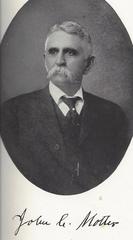 Lola Motter Lola Motter was born in Frederick on May 11th, 1884 to parents John C. Motter and Effie Buhrman Marken. Lola’s father was a prominent citizen of Frederick’s past—a local attorney who served as a judge for the Maryland Sixth Judicial Circuit Court. This prominent family has roots going back to the greater Emmitsburg area and the vicinity of Motters Station, a railroad station on the Western Maryland line named for Joshua Motter, the first president of the Emmitsburg Railroad. Lola’s father would also serve as president of this railway. The Motter ancestry shows Lola’s direct ancestors serving in military duty as she would do in 1918. Past great grandfathers of hers took up arms in the War of 1812 and the American Revolution. An irony related to Lola’s service in World War I lies in the fact that her GGGGrandparents, George and Anna Motter, actually emigrated from Alsace, the heavily contested area of northeast France, bordering Germany. This is where much of “the Great War’s” activity was concentrated. Ancestor George Motter left France during the religious persecutions during the reign of Louis XIV. He and his immediate family crossed to the German side of the Rhine for safety. They eventually emigrated from the Palatinate to America in 1751, first settling in York County, PA. Lola Motter’s family lived on the northern outskirts of Frederick where N. Bentz Street met the Opossumtown Turnpike. Locals called this latter thoroughfare the “Possumtown Pike,” and the winding road once led to the mysterious village located at the confluence of Tuscarora Creek and Little Tuscarora Creek. (off today’s Willowbrook Road). This spot held prominence in the late 1700’s as the site of the Etna Glass Works, an early operation that had connections to Thomas Johnson, Jr. and his neighboring 800-acre plantation of Richfields. There wasn’t all that much amenity-wise along the pike a century ago. No roadside attractions or fast food joints—just plenty of opossums I guess, as one got closer to the namesake village destination. (I’m suddenly reminded of I-95 and “South of the Border.”) The Motter family dwelling in which Lola spent her childhood was bought from Ezra Staley a few years before Lola's birth. Author T.J.C. Williams in his 1910 History of Frederick County, said of the Motter home: Judge Motter has fitted up a charming home that is provided with every modern comfort, and which is typical of the fullest. The John C. Motter House is a Queen Anne style house built circa 1880. The 3½ story house features beveled corners with brick corbels. The house must have made an impression on the community as a primary beacon on this roadway, as its owners’ family name would come to grace it to this day—Motter Avenue. 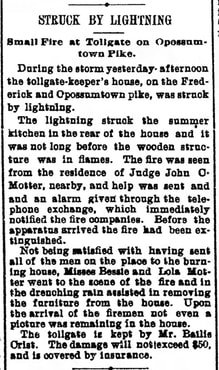 In searching the newspapers on information and stories regarding Lola, I stumbled upon a story from 1904 in which Lola was involved in saving belongings from a fire originating in the nearby tollgate keeper of Opossumtown Pike's home. Lola lived a life of privilege. She would relocate to Baltimore and traveled extensively. Lola “wintered” in exotic places such as Bermuda in 1912. Her mother had died the prior year, perhaps prompting a longer trip abroad. Lola's father, Judge Motter passed in 1915, and local newspapers reported a nice inheritance that came her way. In September, 1918, caught up in the patriotic spirit of the day prompted 34-year-old Lola to enter in military service. She chose the only opportunity of the time available to her—the US Naval Reserve Fleet. Lola officially entered as a Yeoman on September 10th, 1918. She would incur promotions over the next several weeks eventually reaching the rank of Yeoman 3rd Class on November 1st, 1918. She went to work in the Navy Department Personnel, Washington DC, completing her duty assignment on July 31st, 1919. I failed to glean much about Lola after her military service. She continued living much of her adult life in Washington, DC, and worked for the Acacia Life Insurance Company. Lola Motter never married. She returned to her hometown of Frederick and took up residence with her widowed sister Amie on N. Bentz St. and remained a faithful member of Calvary United Methodist Church. Miss Motter died on February 2nd, 1970 and would be laid to rest next to her parents in the family lot in Area Q/Lot 22.
1 Comment
11/10/2018 05:43:30 am
Very interesting account. I enjoy reading epitatphs on tombstones.
Reply
Leave a Reply. |
STORIES
|
Archives
July 2024
June 2024
May 2024
April 2024
March 2024
February 2024
January 2024
December 2023
November 2023
September 2023
August 2023
July 2023
June 2023
May 2023
April 2023
March 2023
February 2023
January 2023
December 2022
November 2022
October 2022
September 2022
August 2022
July 2022
June 2022
May 2022
April 2022
March 2022
February 2022
January 2022
December 2021
November 2021
October 2021
September 2021
August 2021
July 2021
June 2021
May 2021
April 2021
March 2021
February 2021
January 2021
December 2020
November 2020
October 2020
September 2020
August 2020
July 2020
June 2020
May 2020
April 2020
March 2020
February 2020
January 2020
December 2019
November 2019
October 2019
September 2019
August 2019
July 2019
June 2019
May 2019
April 2019
March 2019
February 2019
January 2019
December 2018
November 2018
October 2018
September 2018
August 2018
July 2018
June 2018
May 2018
April 2018
March 2018
February 2018
January 2018
December 2017
November 2017
October 2017
September 2017
August 2017
July 2017
June 2017
May 2017
April 2017
March 2017
February 2017
January 2017
December 2016
November 2016

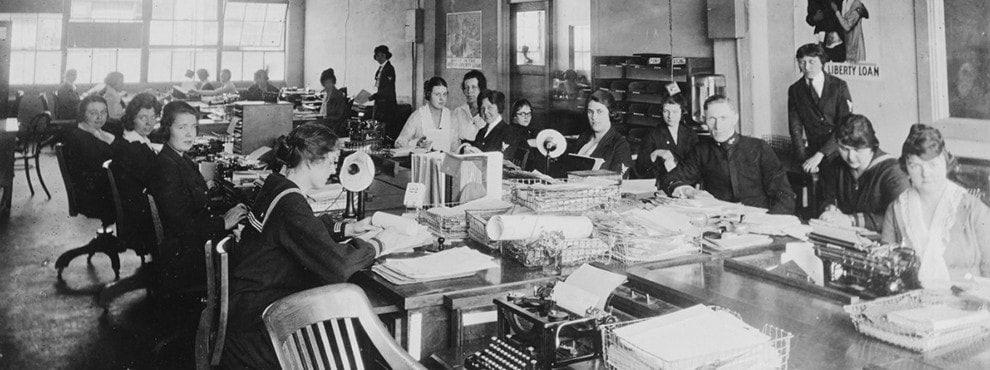
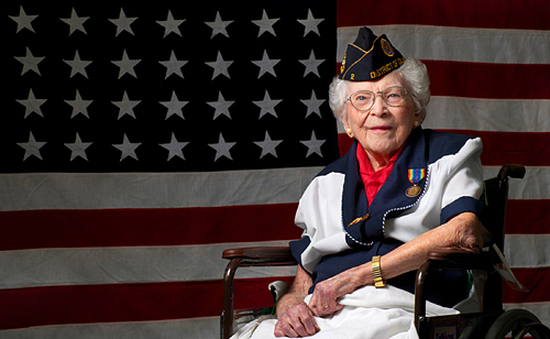
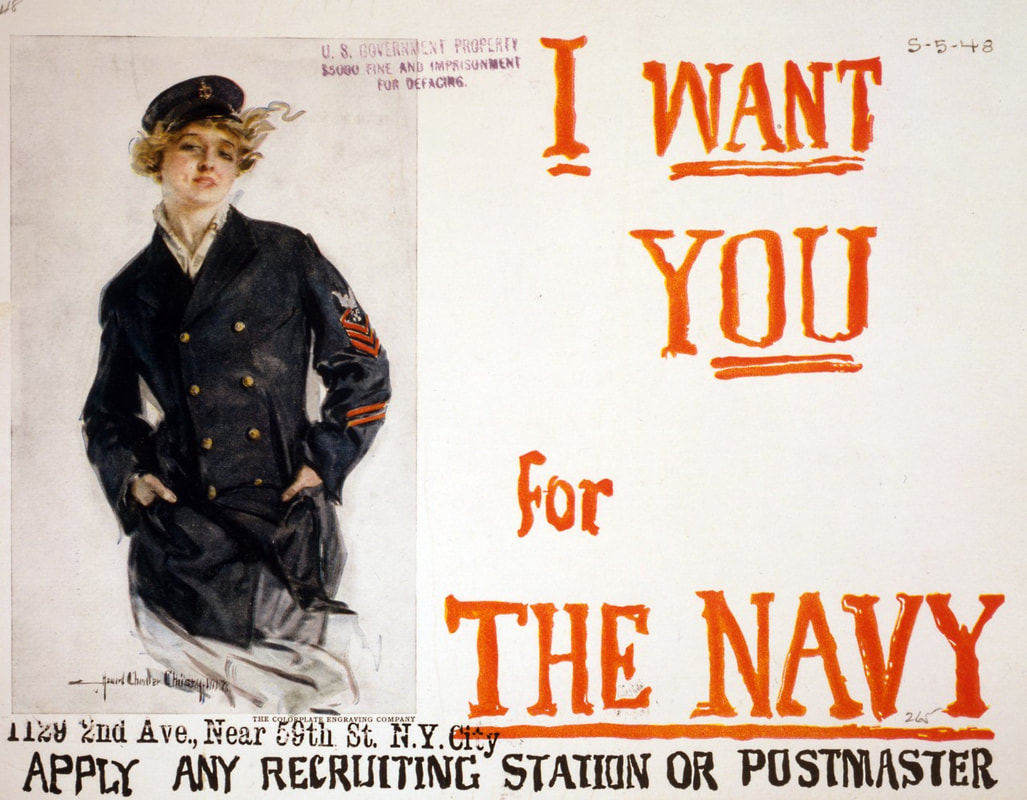
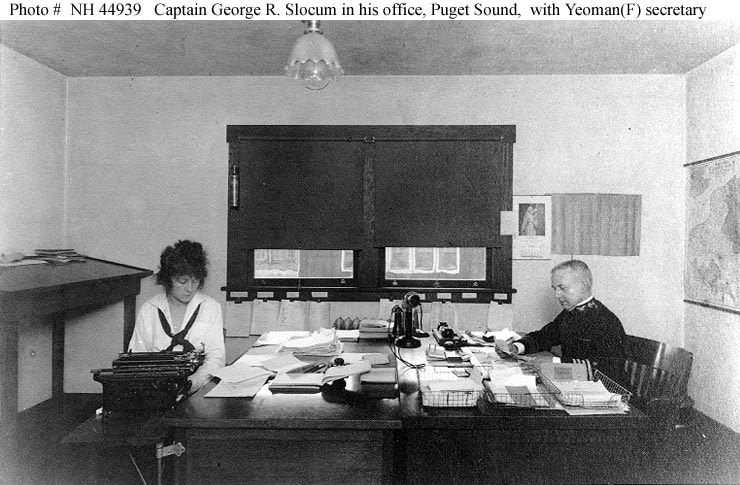
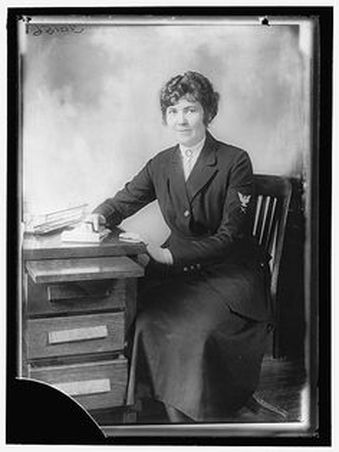
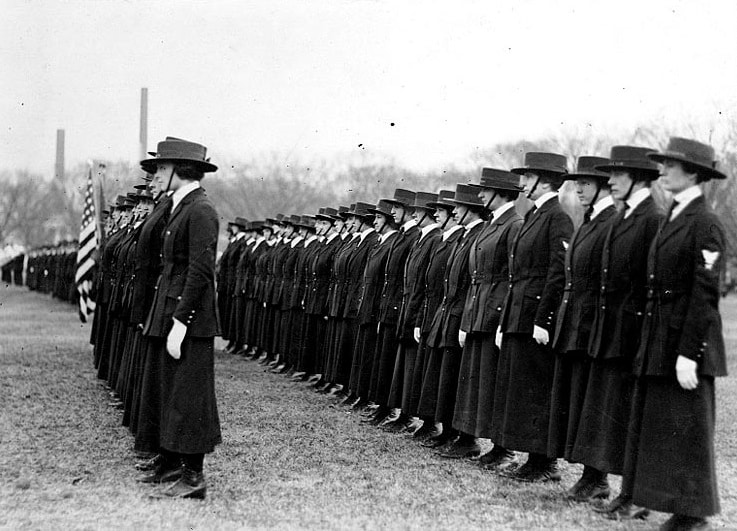


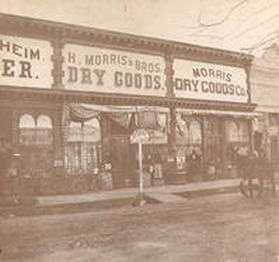
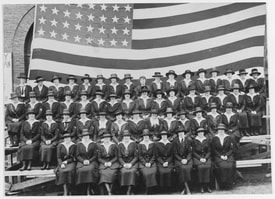
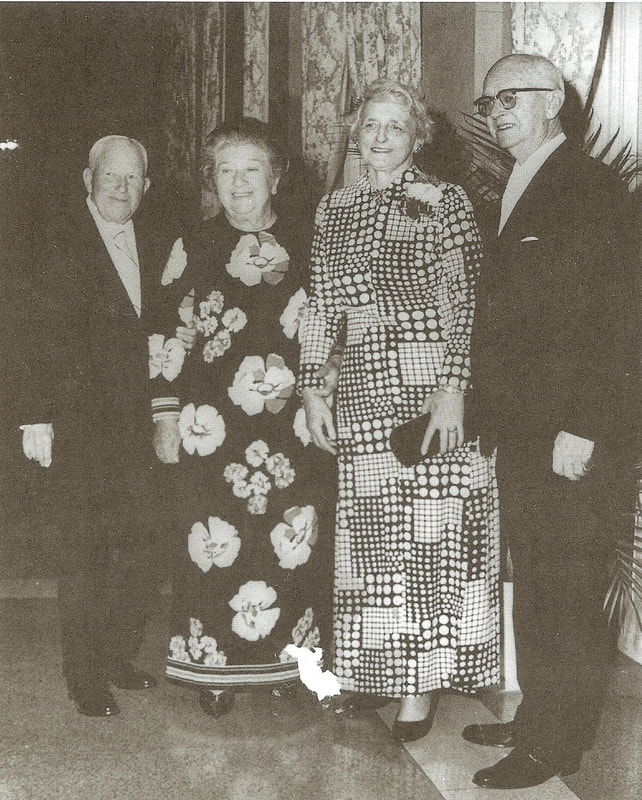

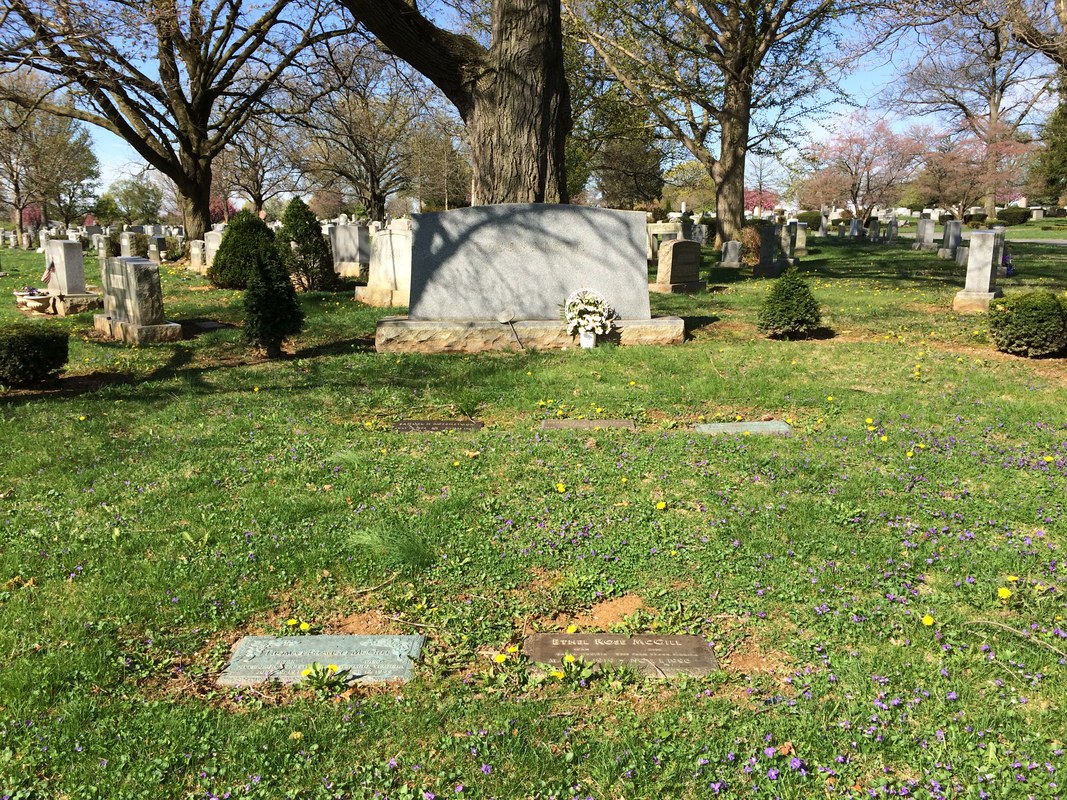
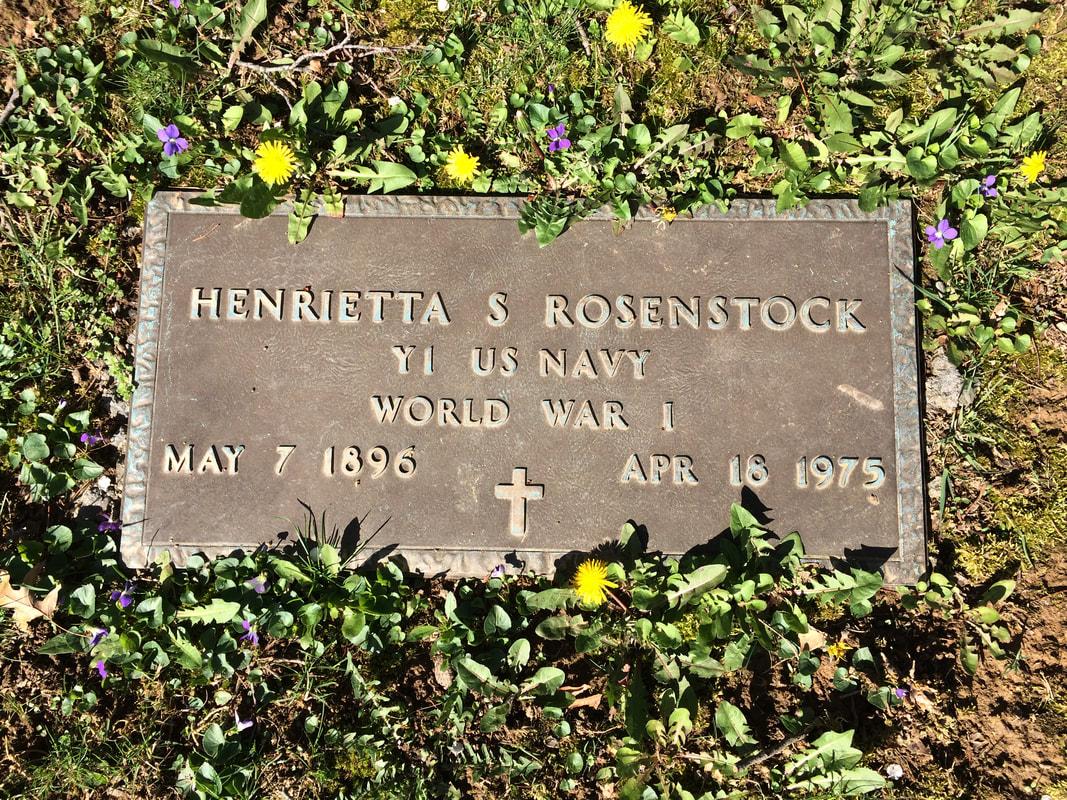
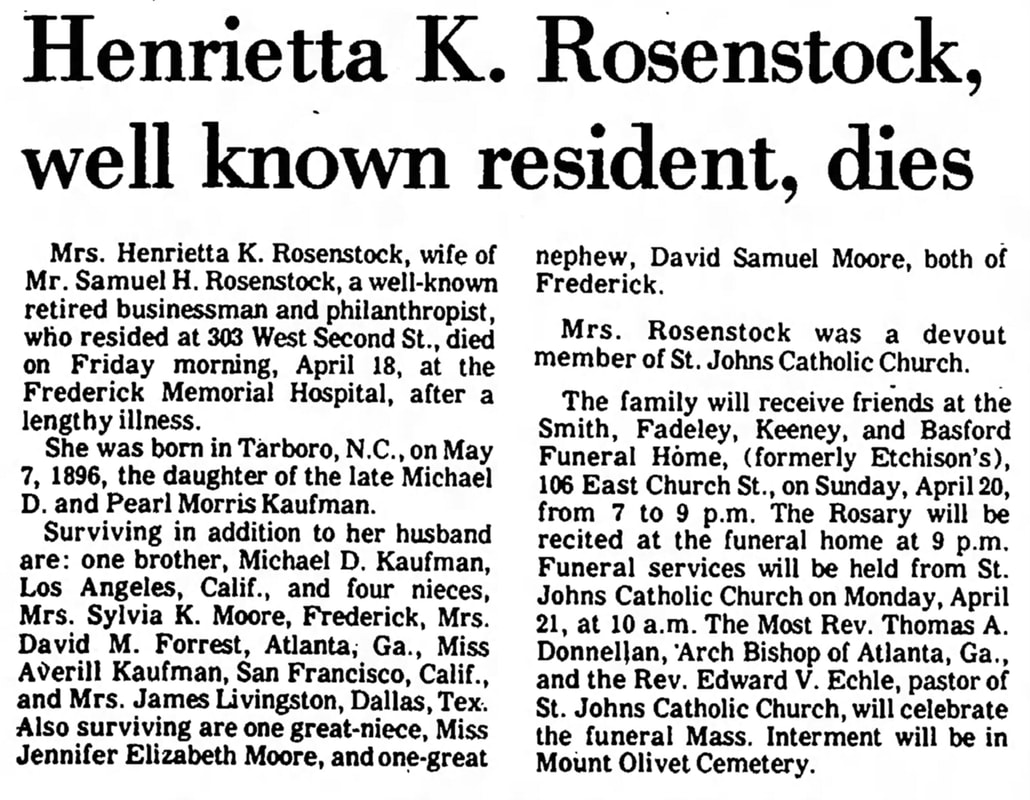
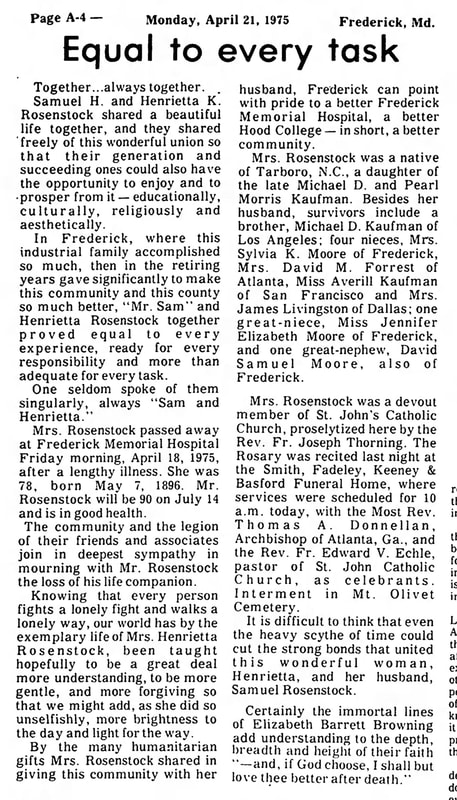
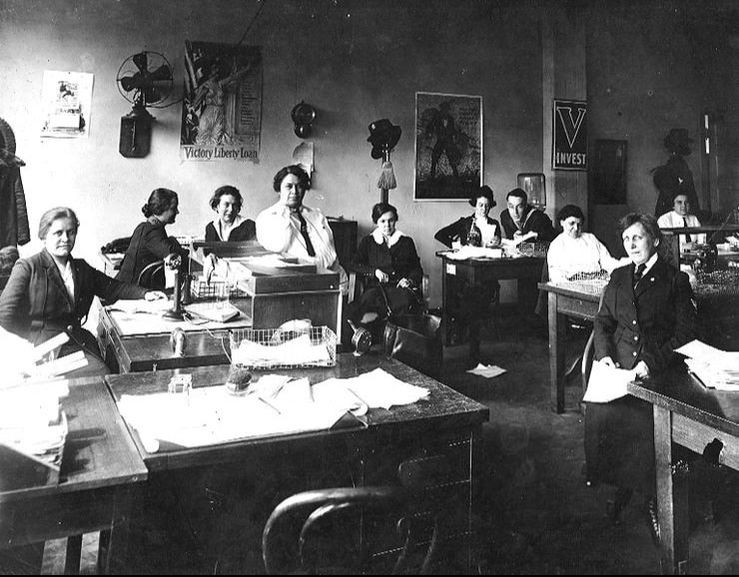
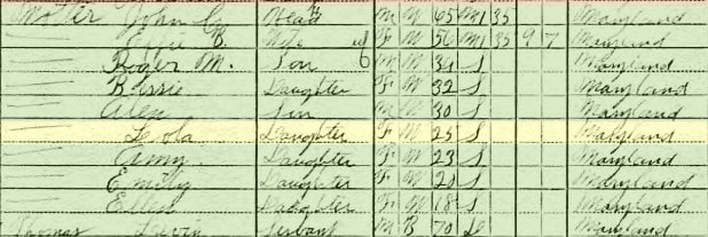
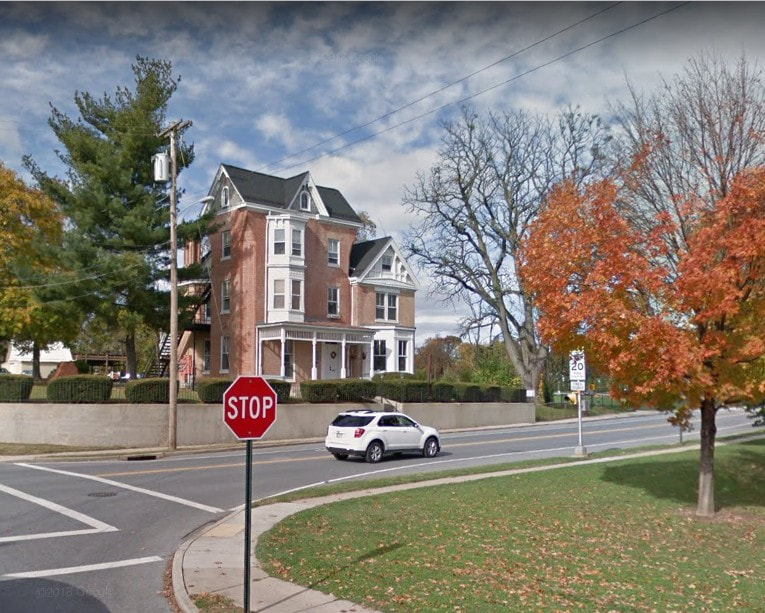
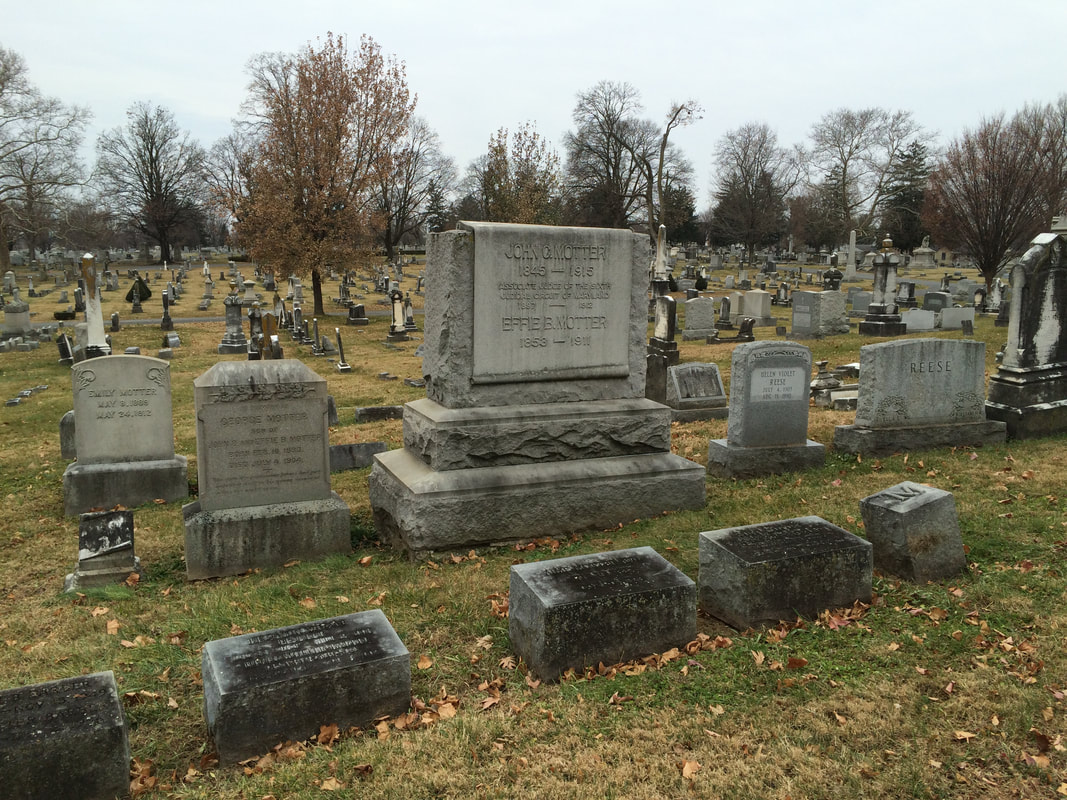
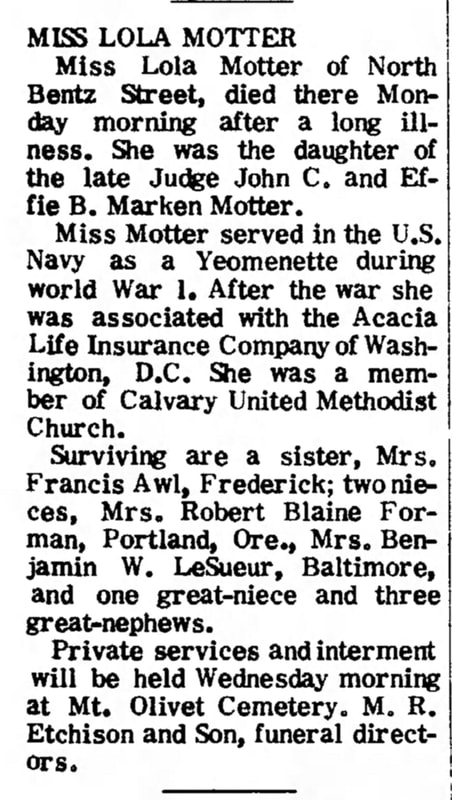

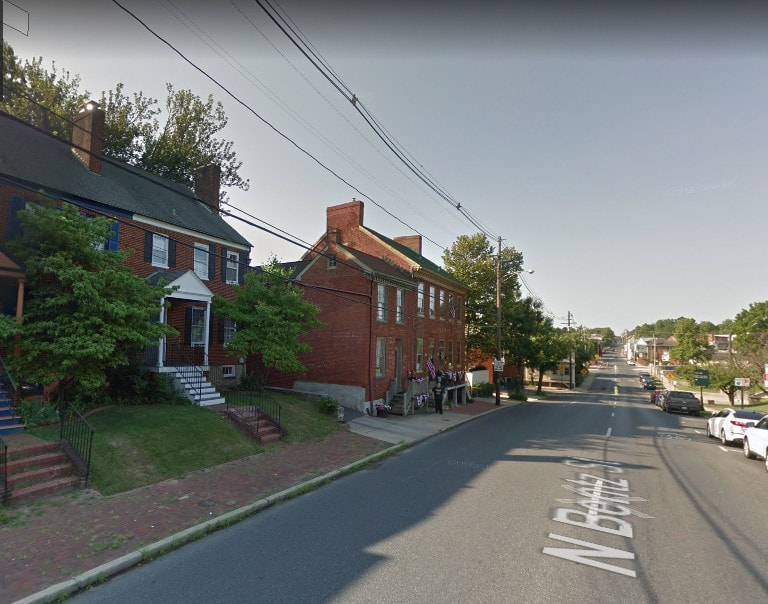
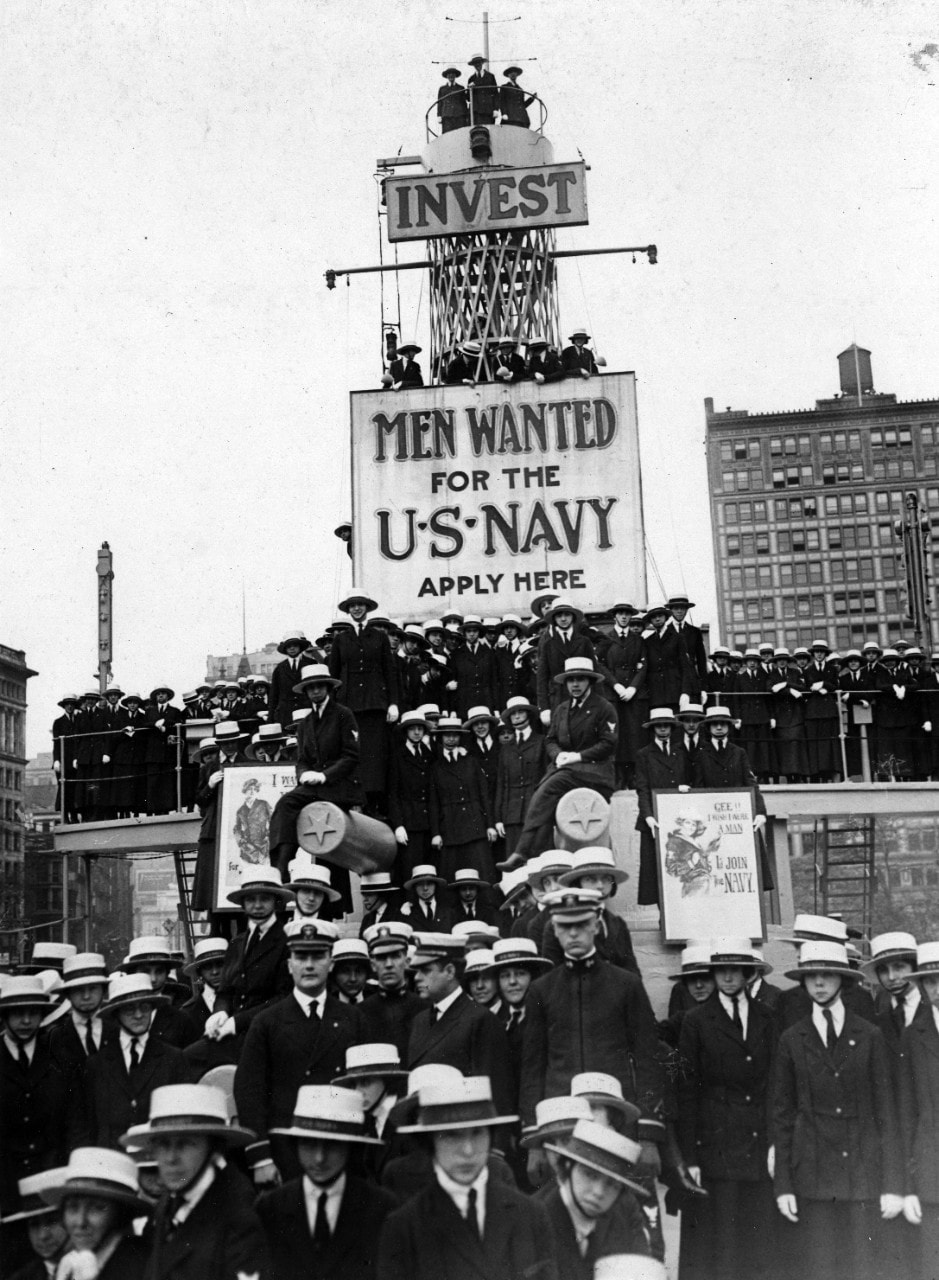

 RSS Feed
RSS Feed